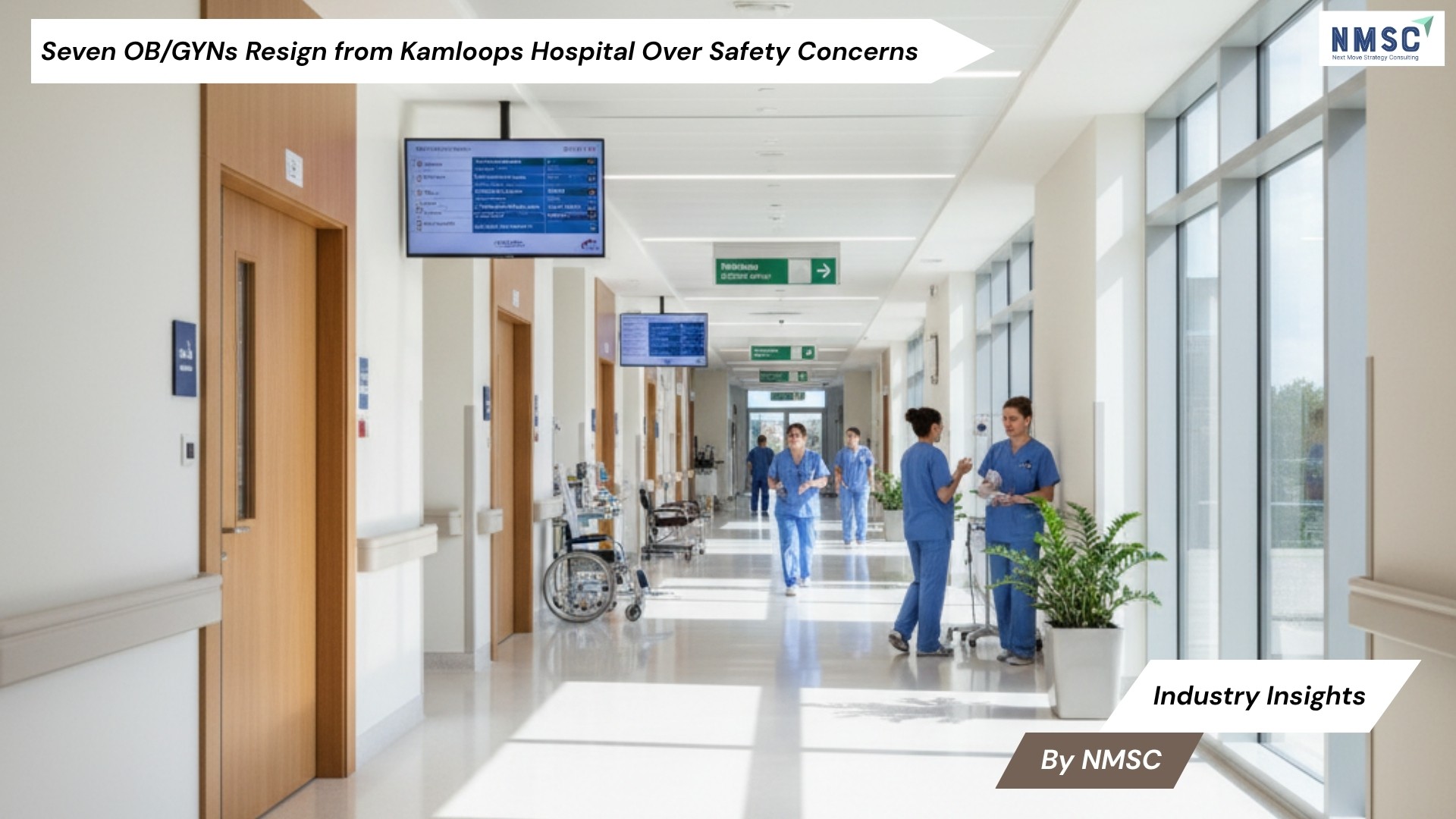Italy Early Toxicity Testing Market is expected to reach USD 99.6 million by 2030
Published: 2025-05-15
The increasing prevalence of chronic diseases are driving up demand for the Italy early toxicity testing market during the forecast period.
Italy Early Toxicity Testing Market was valued at USD 57.1 million in 2024, and is predicted to reach USD 99.6 million by 2030, at a CAGR of 9.7% from 2025 to 2030, according to new research by Next Move Strategy Consulting.
The increasing incidence of chronic ailments such as cardiovascular diseases, cancer, and diabetes within the nation is further driving the requirement for novel drugs and medications tailored to treat these conditions. For instance, according to a report published by the World Health Organization, the major cause of death in Italy were chronic diseases such as cardiovascular and cancer in 2020, which is driving the demand for early detection and prevention of chronic diseases and emphasizing drug safety. Thus, it is expected to create significant growth of the early toxicity testing market.
However, stringent regulations set by regulatory bodies such as the US FDA and the EMA require extensive and rigorous testing for drug development and safety, which can be time-consuming and expensive and restrain growth of the market. The complexity and cost of complying with these regulations can pose a significant challenge for small and medium-sized companies that may not have the resources to carry out extensive testing. As a result, some companies may choose to delay or abandon drug development projects, which can limit demand for early toxicity testing services.
On the other hand, introduction of new technologies such as in-vitro modelling using 3D cell culture is expected to provide new lucrative opportunities for the early toxicity testing market during the forecast period. Use of 3D cell cultures can better mimic complexity of tissues and organs, providing more accurate and reliable results for toxicity testing. Traditional 2D cell culture models are limited in their ability to mimic complexity of human tissues and organs, often leading to inaccurate and unreliable results in toxicity testing.
Furthermore, use of 3D cell culture models can better mimic structural and functional complexity of tissues and organs, providing more accurate and reliable results for toxicity testing. 3D cell cultures allow growth and interaction of multiple cell types, creating a microenvironment that more closely resembles human tissues and organs. This can better predict toxic effects of drugs and chemicals in the human body, reducing the risk of adverse effects in clinical trials. Hence, such factors propel the ETT market growth.
Request for a Sample PDF on the Italy Early Toxicity Testing Market
According to the report, leading players in the Italy early toxicity testing market include Merck KGaA, Medpace, Thermo Fisher Scientific, Charles River Laboratories International, Inc., Eurofins Scientific, PerkinElmer, Inc., Bio-Rad Laboratories, Inc., Agilent Technologies, Inc., Bruker Corporation, Accelera S.r.l., ICON plc, Veeda Clinical Research, Hangzhou Singclean Medical Products Co., Ltd., Premier Research, Cambrex Corporation, and others.
Key Insights from the Italy Early Toxicity Testing Market Report:
-
The information related to key drivers, restraints, and opportunities and their impact on the Italy early toxicity testing market is provided in the report.
-
The value chain analysis in the market study provides a clear picture of the roles of each stakeholder.
-
The market share of players in the Italy early toxicity testing market is provided in the report along with their competitive analysis.
















Add Comment